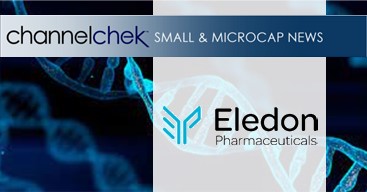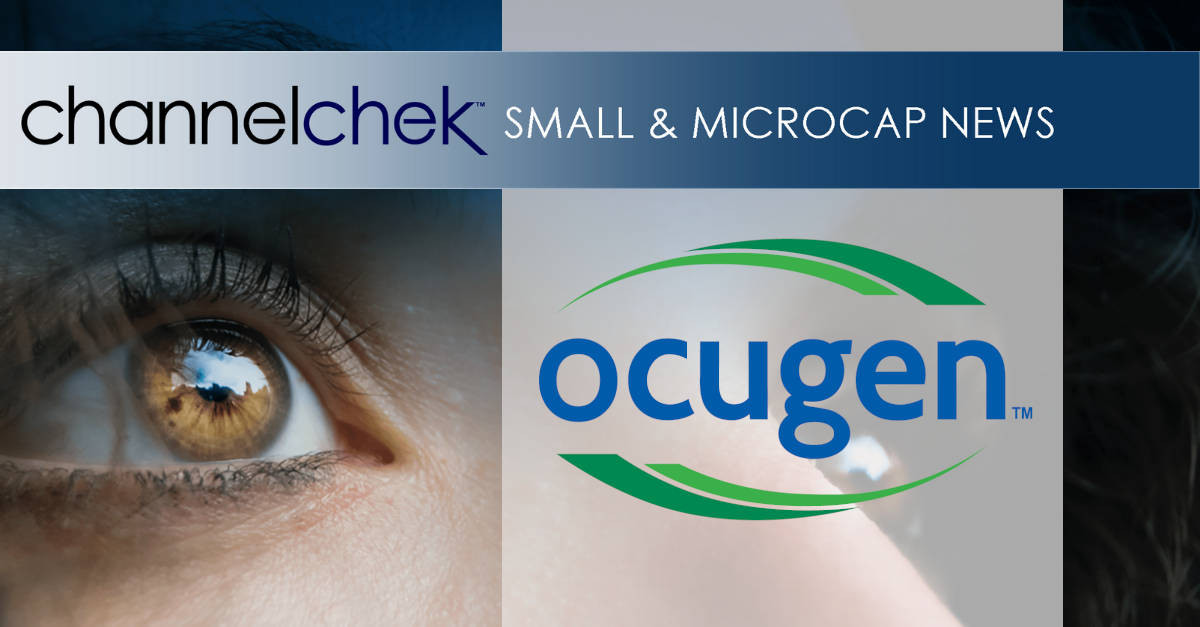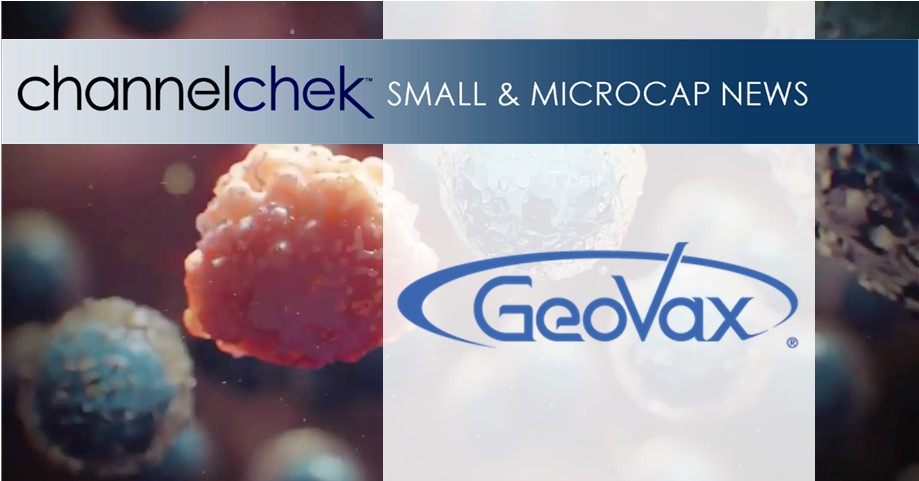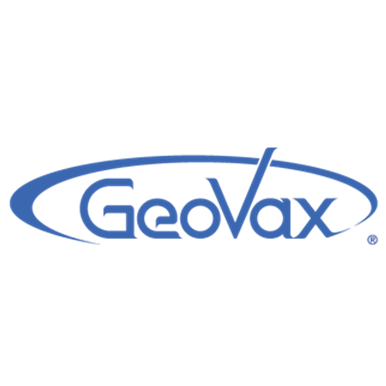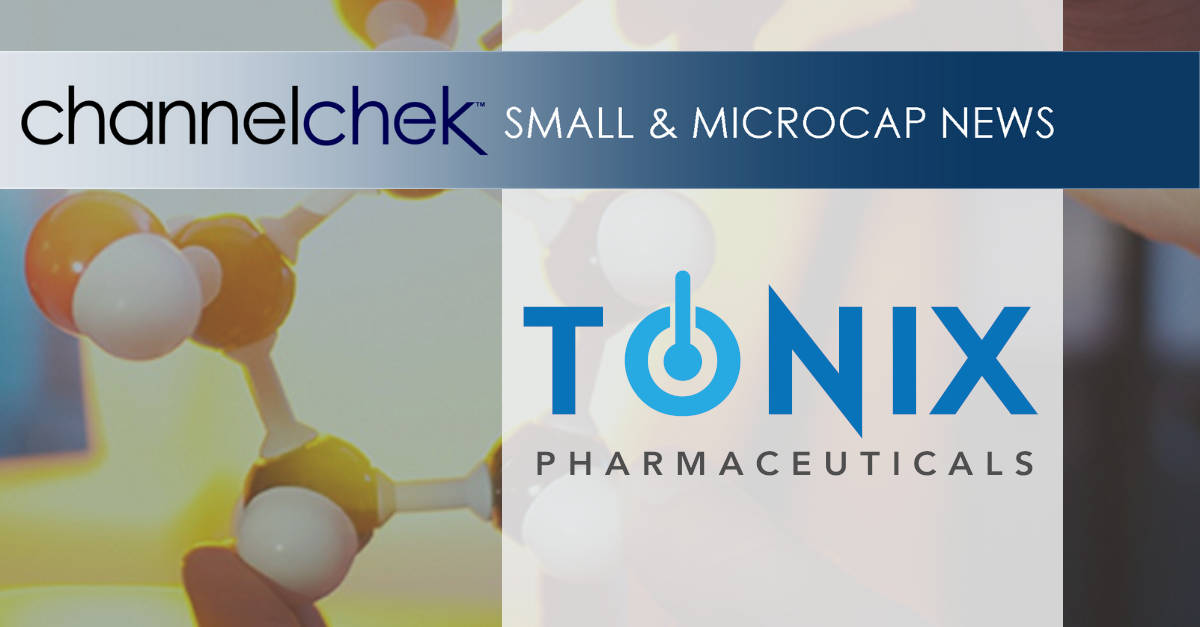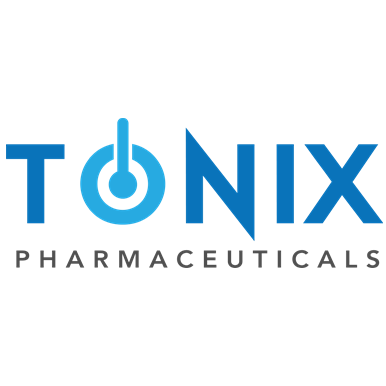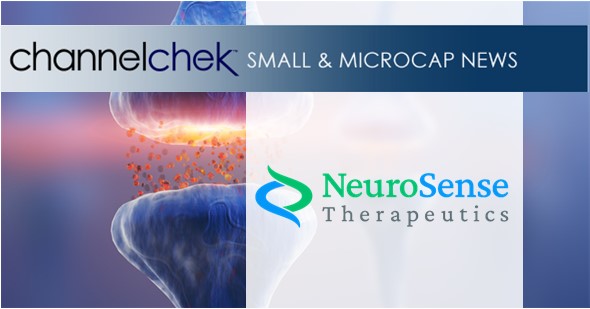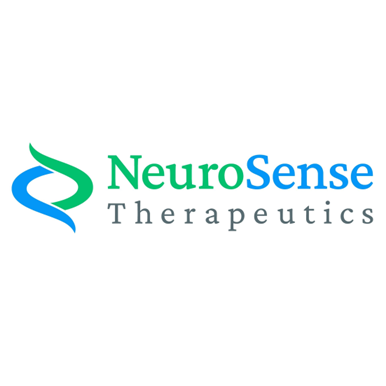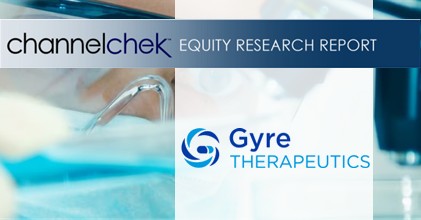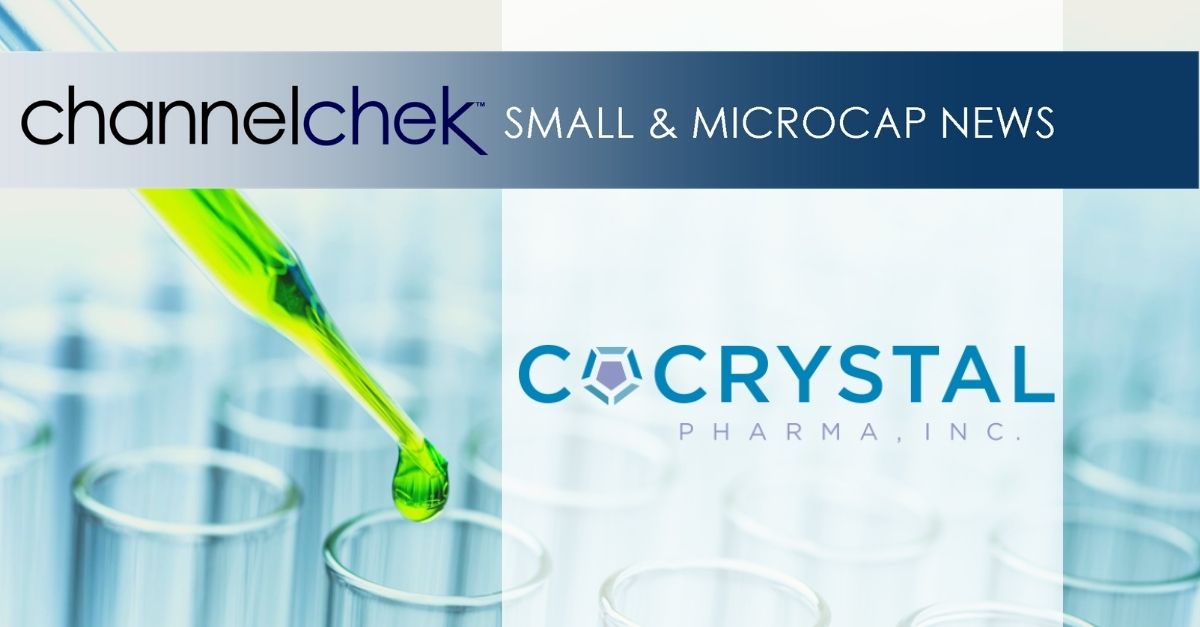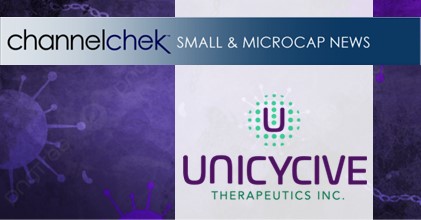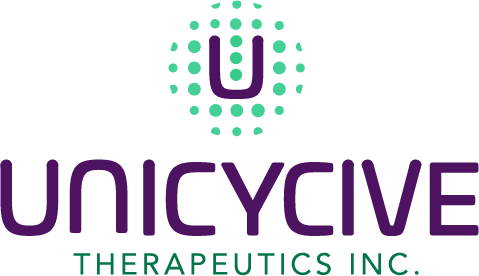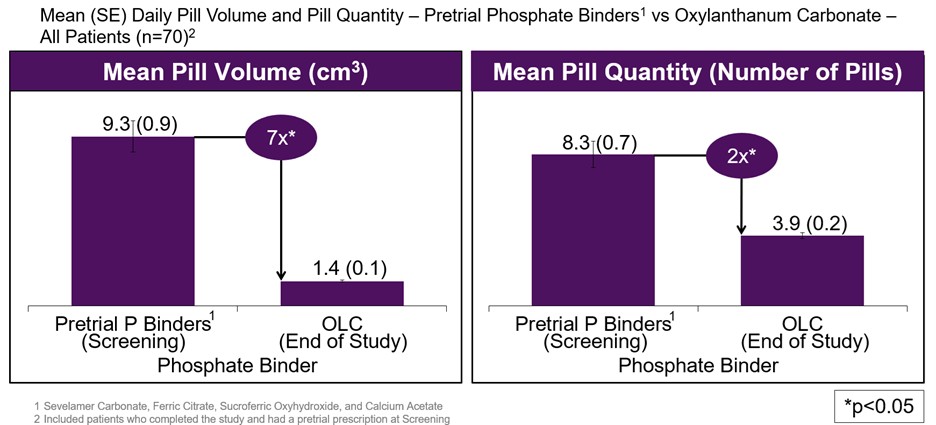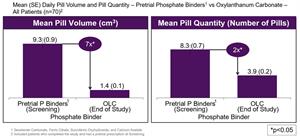
Research News and Market Data on ELDN
November 6, 2025
Data from patients who remained on tegoprubart for a year post transplant showed an overall mean 12-month estimated glomerular filtration rate (eGFR) of approximately 69 mL/min/1.73 m²
Tegoprubart demonstrated a favorable safety and tolerability profile, substantially reducing the metabolic, neurologic, and cardiovascular toxicities commonly associated with tacrolimus
Supports advancement into Phase 3 development as a potential new standard for the prevention of kidney transplant rejection
Conference call to be held Friday, November 7 at 8:00 a.m. ET
IRVINE, Calif., Nov. 06, 2025 (GLOBE NEWSWIRE) — Eledon Pharmaceuticals, Inc. (“Eledon”) (NASDAQ: ELDN) today announced results from its Phase 2 BESTOW trial evaluating tegoprubart for the prevention of organ rejection in patients receiving a de novo kidney transplant. Results from the Phase 2 BESTOW clinical trial were presented today as a late breaking oral presentation titled “Efficacy and Safety of Tegoprubart for the Prevention of Rejection in Kidney Transplantation: Results from the Phase 2 BESTOW Trial,” at the American Society of Nephrology’s Kidney Week 2025 Annual Meeting in Houston, TX.
“The Phase 2 BESTOW data results demonstrate tegoprubart’s potential to maintain excellent kidney function while reducing the chronic metabolic, neurologic, and cardiovascular toxicities that burden patients on tacrolimus,” said David-Alexandre C. Gros, M.D., Chief Executive Officer of Eledon. “By pairing strong immunosuppressive efficacy with a differentiated safety profile, including dramatically lower rates of new-onset diabetes, tremor, and dialysis-requiring delayed graft function, tegoprubart represents a promising next-generation option for kidney transplant immunosuppression as we advance into Phase 3.”
“There remains a significant unmet need for safer alternatives to traditional tacrolimus-based immunosuppression regimens—options that can reduce harmful side effects without compromising efficacy. The Phase 2 results presented at ASN Kidney Week highlight the potential of tegoprubart to deliver strong graft function after kidney transplantation, while avoiding the long-term toxicities often associated with current standard of care,” said Andrew Adams, M.D., Ph.D., Professor of Surgery and Chief, Division of Transplantation, John S. Najarian Surgical Chair in Clinical Transplantation, Department of Surgery, University of Minnesota. “It’s been more than a decade since we’ve seen true innovation in transplant immunosuppression. These data offer real hope that patients may soon have a transformative therapy that improves their health outcomes and overall quality of life.”
Study Design
The 12-month, randomized, head-to-head, Phase 2 study enrolled 127 kidney transplant recipients (63 receiving tegoprubart and 64 receiving tacrolimus) across 44 global sites. The study directly compared tegoprubart-based immunosuppression with a tacrolimus-based regimen. All patients also received rabbit antithymocyte globulin (rATG) induction and maintenance therapy with mycophenolate mofetil (MMF/MPA) and corticosteroids.
The study’s primary efficacy endpoint was the change in eGFR at 12 months post-transplant. Secondary endpoints included biopsy-proven acute rejection (BPAR), patient and graft survival, composite efficacy failure, iBox score, donor-specific antibodies (DSAs), delayed graft function (DGF), and new-onset diabetes after transplantation (NODAT).
Safety Results
Safety findings underscore tegoprubart’s potential to maintain effective immunosuppression while minimizing the metabolic, neurologic, and cardiovascular toxicities characteristic of tacrolimus-based therapy.
- Metabolic effects: New-onset diabetes developed in approximately 1 in 6 patients receiving tacrolimus versus 1 in 47 receiving tegoprubart.
- Neurologic effects: Tremor was markedly higher in the tacrolimus group (25.0% vs. 1.6%).
- Cardiovascular effects: Hypertension (15.9% vs. 25.0%), hypertensive crisis (1.6% vs. 7.8%), and heart failure (0% vs. 4.7%) all favored tegoprubart.
- Renal recovery: Delayed graft function occurred less often with tegoprubart and required shorter dialysis (14.3% vs. 25.0%; 4.6 days vs. 6.1 days), suggesting potential reductions of 115 days on dialysis post-transplant per 100 deceased donor kidney recipients on tegoprubart vs. tacrolimus.
- Infections: Sepsis or bacteremia occurred more frequently in the tacrolimus arm (17.2% vs. 4.8%). Viral infection rates (CMV, BK, EBV, fungal) were similar across groups, with no cases of Post-Transplant Lymphoproliferative Disorder (PTLD) or Progressive Multifocal Leukoencephalopathy (PML).
- Overall rates of serious adverse events were comparable between treatment arms.
Efficacy Results
- eGFR on tegoprubart treatment was 69 mL/min/1.73 m² (n=51) at 12 months vs. 66 mL/min/1.73 m² for tacrolimus (n=56). Although the primary endpoint did not reach statistical significance, tegoprubart maintained strong renal function, delivering what the Company believes is the highest mean eGFR level reported to date in kidney transplant clinical trials evaluating rejection prevention.
- Subgroup analyses demonstrated higher eGFRs in nearly all tegoprubart subgroups compared with tacrolimus, particularly among living-related donor recipients (~72 mL/min/1.73 m² vs. 62 mL/min/1.73 m²) and high Kidney Donor Profile Index (KDPI > 35) transplants (~62 mL/min/1.73 m² vs. 53 mL/min/1.73 m²).
- In the deceased donor subgroup, tegoprubart achieved a mean eGFR of approximately 68 mL/min/1.73 m² at 12 months.
- The efficacy failure composite endpoint, comprising death, graft loss and biopsy proven acute rejection, is the approval endpoint currently recognized by the U.S. Food and Drug Administration. Efficacy failure composite endpoint was 22% in the tegoprubart group vs. 17% in the tacrolimus group, demonstrating non-inferiority for tegoprubart vs. tacrolimus, using a 20% non-inferiority margin. The Company believes these results, if replicated in a Phase 3 study, would be sufficient to support tegoprubart’s approvability.
- The rate of acute rejection in all biopsies was 20.6% in the tegoprubart group compared with 14.1% in the tacrolimus group.
- Among patients in the tegoprubart group who experienced acute rejection and remained on treatment through month 12, mean eGFR was 73 mL/min/1.73 m², compared with 50 mL/min/1.73 m² in those who switched to tacrolimus.
- There was 1 case of donor-specific antibodies (DSA) in the tegoprubart arm vs. 2 in the tacrolimus arm.
Next Steps
Based on these results, Eledon plans to advance tegoprubart into Phase 3 development following discussions with regulators on study design and data requirements. Insights from the Phase 2 BESTOW data set and the ongoing long-term extension study will be incorporated to optimize the Phase 3 protocol and strengthen the regulatory package.
Estimated cash, cash equivalents and short-term investments totaled approximately $93.4 million as of September 30, 2025. The company expects current cash, cash equivalents and short-term investments to fund operations to late 2026.
Conference Call
Eledon will hold a conference call on November 7, 2025, at 8:00 a.m. Eastern Time to discuss the Phase 2 BESTOW trial results presented at Kidney Week. The dial-in numbers are 1-800-717-1738 for domestic callers and 1-646-307-1865 for international callers. The conference ID is 92427. A live webcast of the conference call will be available on the Investor Relations section of the Company’s website at www.eledon.com. The webcast will be archived on the website following the completion of the call and a copy of the presentation for the conference call will be posted on the Company’s website at https://ir.eledon.com/investor-relations prior to the conference call.
Full details of the oral presentation are below:
Title: Efficacy and Safety of Tegoprubart for the Prevention of Rejection in Kidney Transplantation: Results from the Phase 2 BESTOW Trial
Session Title: Late-Breaking Research Orals – 1
Presenter: Andrew Adams, M.D., Ph.D., Professor of Surgery and Chief Division of Transplantation, John S. Najarian Surgical Chair in Clinical Transplantation, Department of Surgery, University of Minnesota
Session Date and Time: November 6, 2025, from 4:30 p.m. to 6:00 p.m. CT
Eledon is also conducting an ongoing open label Phase 1b study (NCT05027906) and a long-term safety and efficacy extension study (NCT06126380) to evaluate tegoprubart for the prevention of organ rejection in patients receiving a kidney transplant. Participants who complete 12 months of treatment in the Phase 1b and Phase 2 BESTOW trials are eligible to enroll into the long-term extension study.
About Eledon Pharmaceuticals and tegoprubart
Eledon Pharmaceuticals, Inc. is a clinical stage biotechnology company that is developing immune-modulating therapies for the management and treatment of life-threatening conditions. The Company’s lead investigational product is tegoprubart, an anti-CD40L antibody with high affinity for the CD40 Ligand, a well-validated biological target that has broad therapeutic potential. The central role of CD40L signaling in both adaptive and innate immune cell activation and function positions it as an attractive target for non-lymphocyte depleting, immunomodulatory therapeutic intervention. The Company is building upon a deep historical knowledge of anti-CD40 Ligand biology to conduct preclinical and clinical studies in kidney allograft transplantation, xenotransplantation, and amyotrophic lateral sclerosis (ALS). Eledon is headquartered in Irvine, California. For more information, please visit the Company’s website at www.eledon.com.
Follow Eledon Pharmaceuticals on social media: LinkedIn; Twitter
Statement Regarding Preliminary Financial Information
The cash, cash equivalents and short-term investments presented in this press release is unaudited and preliminary and is subject to completion of financial closing procedures, including the completion of management’s review. The preliminary financial information is based on information currently available to management, and may vary from the amounts that will be reported in Eledon’s Quarterly Report on Form 10-Q for the quarter ended September 30, 2025 that the Company will file with the U.S. Securities and Exchange Commission.
Forward-Looking Statements
This press release contains forward-looking statements that involve substantial risks and uncertainties. Any statements about the company’s future expectations, plans and prospects, including statements about ongoing, planned and future clinical trials, the development of product candidates, expected or future results of tegoprubart trials and its ability to prevent rejection in connection with kidney transplantation, submissions to regulators, our expected cash, cash equivalents and short-term investments as well as other statements containing the words “believes,” “anticipates,” “plans,” “expects,” “estimates,” “intends,” “predicts,” “projects,” “targets,” “looks forward,” “could,” “may,” and similar expressions, constitute forward-looking statements within the meaning of the Private Securities Litigation Reform Act of 1995. Forward-looking statements are inherently uncertain and are subject to numerous risks and uncertainties, including: risks relating to the safety and efficacy of our drug candidates; risks relating to clinical development timelines, including interactions with regulators and clinical sites, as well as patient enrollment; risks relating to costs of clinical trials and the sufficiency of the company’s capital resources to fund planned clinical trials; and uncertainties relating to the completion of our quarter-end closing procedures for our financial statements for the quarter ended September 30, 2025. Actual results may differ materially from those indicated by such forward-looking statements as a result of various factors. These risks and uncertainties, as well as other risks and uncertainties that could cause the company’s actual results to differ significantly from the forward-looking statements contained herein, are discussed in our quarterly 10-Q, annual 10-K, and other filings with the U.S. Securities and Exchange Commission, which can be found at www.sec.gov. Any forward-looking statements contained in this press release speak only as of the date hereof and not of any future date, and the company expressly disclaims any intent to update any forward-looking statements, whether as a result of new information, future events or otherwise.
Investor Contact:
Stephen Jasper
Gilmartin Group
(858) 525 2047
stephen@gilmartinir.com
Media Contact:
Jenna Urban
CG Life
(212) 253 8881
jurban@cglife.com
Source: Eledon Pharmaceuticals
